The art of CMF design; colors, materials and finishes
Designing a product goes beyond just ensuring its functionality; it’s crucial that the aesthetics are visually appealing as well. The chosen colors, materials, and finishes (CMF design) play a pivotal role in shaping the overall look of a product. So, how does one go about selecting the optimal materials for a product or brand? This blog post will guide you through the significance of CMF, our approach at ManGo in choosing the most suitable materials for your product and brand aesthetics, techniques for visualizing CMF and the influence it exerts on production costs.
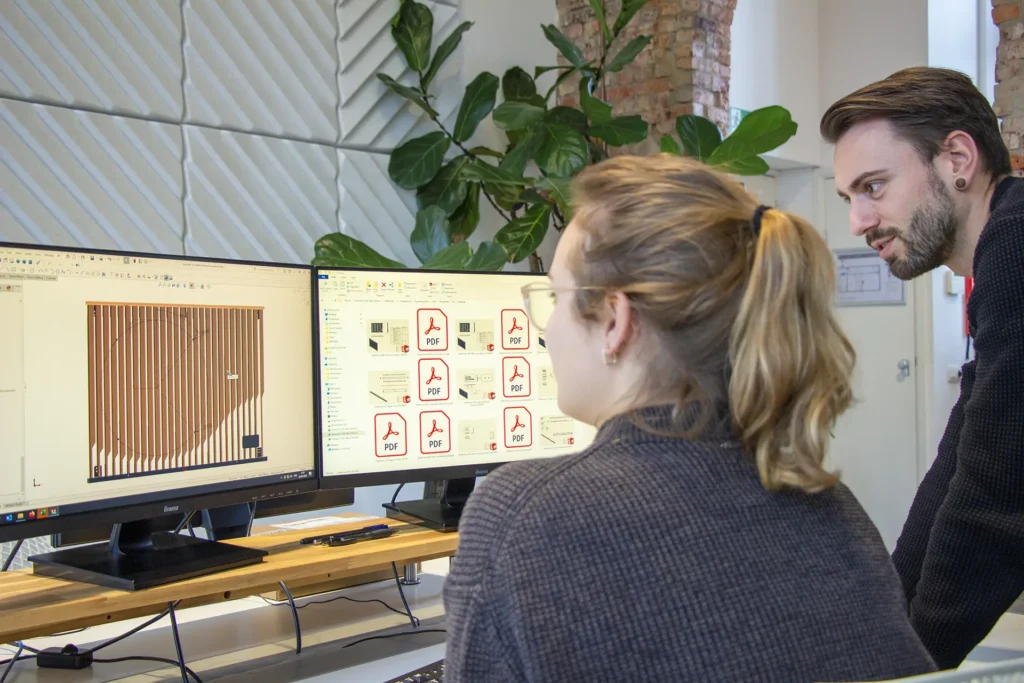
The basics
Before we dive further into material selections, it’s important to understand the elements of CMF design. This refers to how products look and feel, and includes the following key considerations:
- Colors: the hues, tones and shading of a product (indicated in RAL, Pantone or other popular color formats)
- Materials: the type of material used in the product, such as plastic, metal or wood
- Finishes: the texture and detailing of a product, whether it’s matte, glossy, textured or smooth.
All of these elements work together to create a unique visual language for your product and brand.
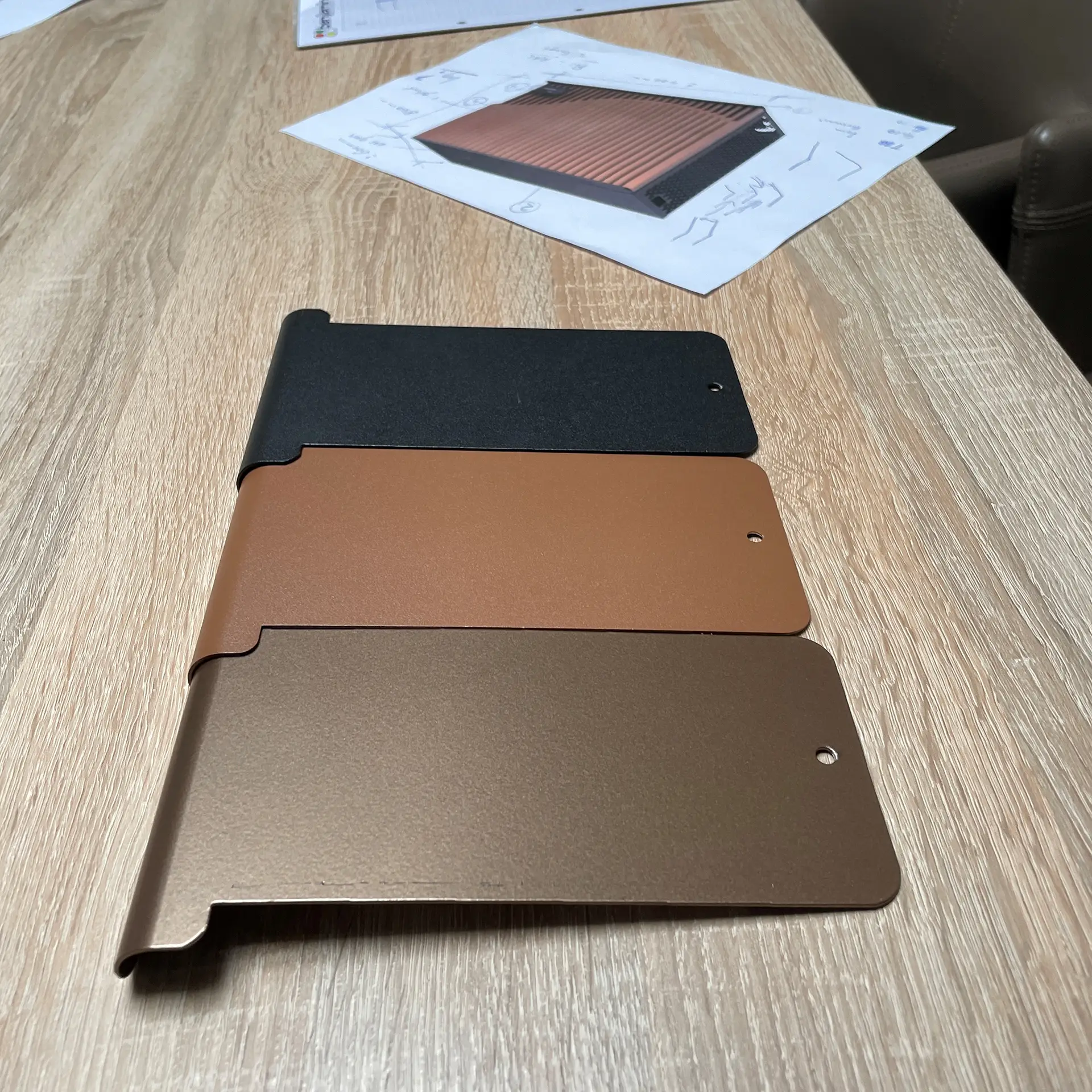
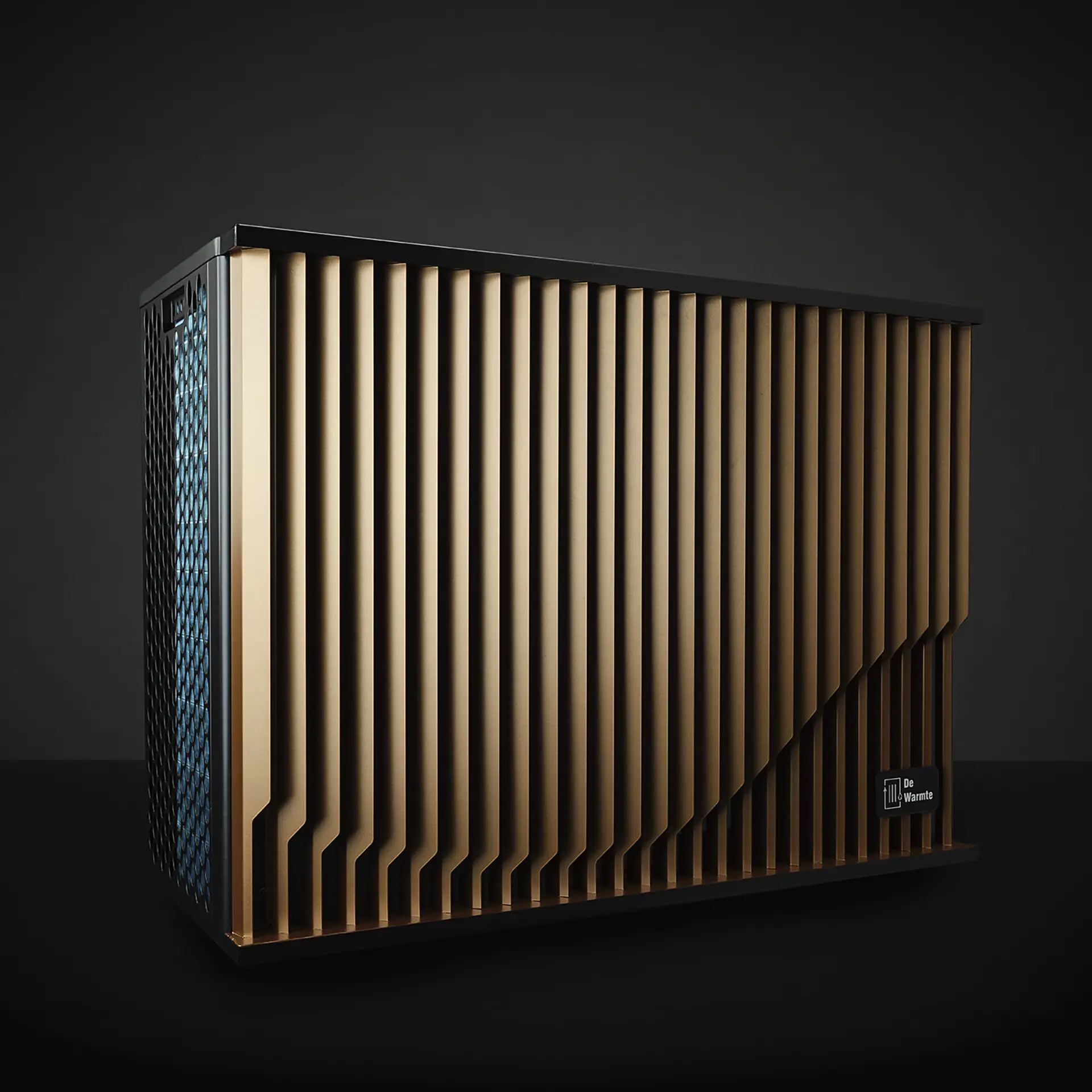
Selecting materials
Navigating through thousands of material options to find the right ones for your product can be a formidable challenge. In ManGo’s material selection process, we consistently weigh factors such as durability, adherence to regulations, aesthetics, and cost. The envisioned functionality of your product and its intended usage significantly influence our initial steps in determining the optimal materials. For instance, if your product demands resilience and longevity in an outdoor setting, we might consider employing robust UV-resistant plastics or metals with high-quality coatings. Alternatively, if the product comes in contact with food or a user’s skin, it becomes imperative to utilize materials certified as food-safe or biocompatible. Our primary focus is ensuring that a material is fit for purpose, meeting all technical requirements, before delving into the exploration of available CMF design options.
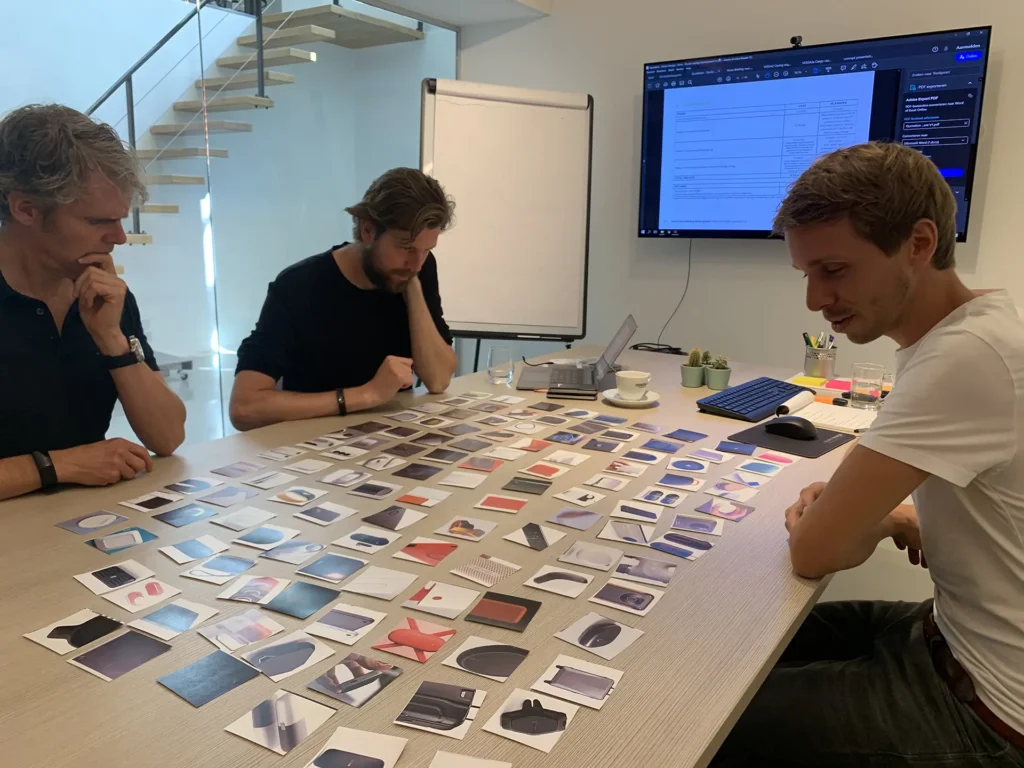
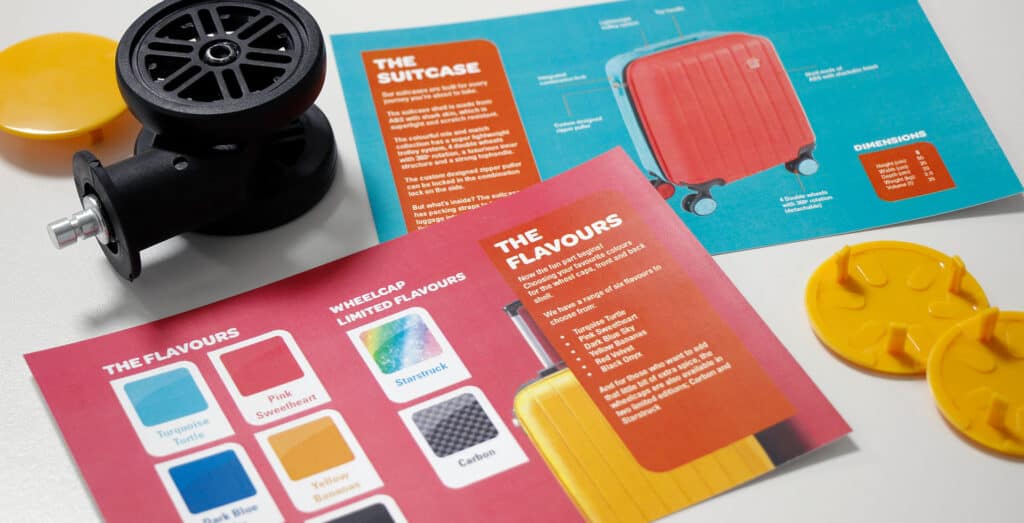
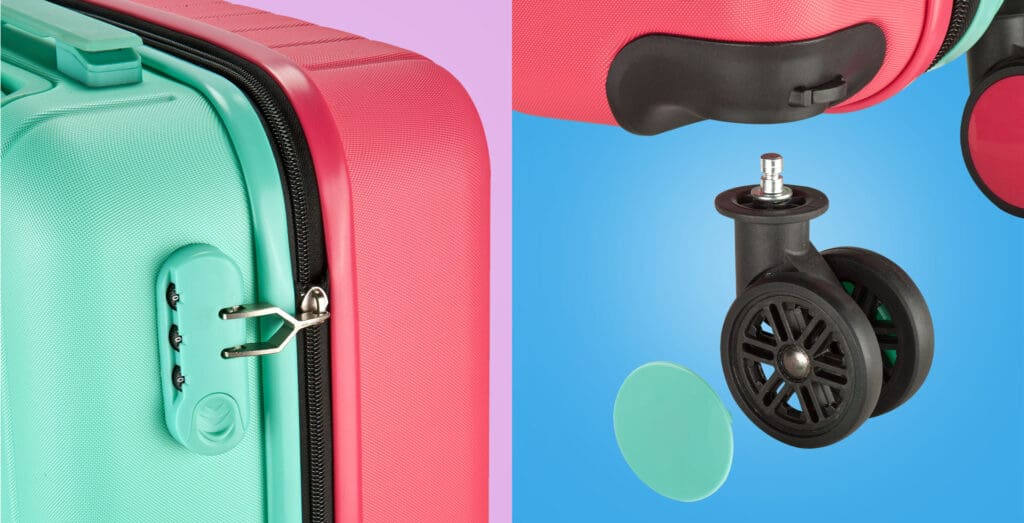
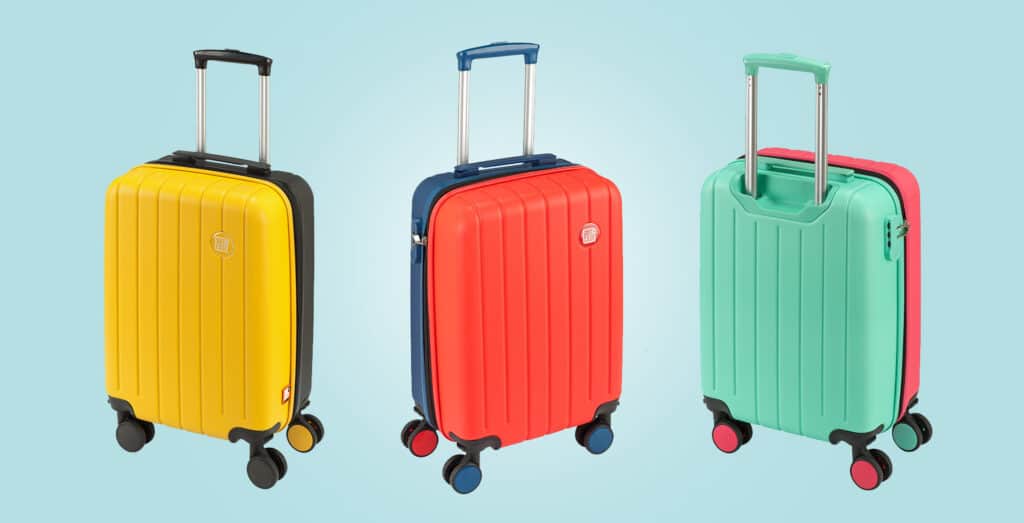
Brand identity
Simultaneously with the technical material selection process, it’s crucial to delve into your brand’s identity and heritage. If your company is a startup, we embark on defining and shaping a coherent brand and product identity from scratch. For established brands, a thorough examination of your company’s logo, website, packaging, and, if available, brand manual is conducted. We scrutinize the brand’s colors, the utilization of finishes and materials in various products and designs, and the desired emotions conveyed by the designs. Comprehending your brand identity or envisioning a new one enables us to create a unified and appropriate aesthetic in which CMF design plays a significant role.
Often, understanding the ideal look for your product design involves examining existing products and trends. While we don’t replicate, we draw inspiration from them, using them as reference points. The creation of mood boards or style guides becomes instrumental in communicating and laying out the envisioned CMF design. These deliverables serve as a visual guide for both you and our team in the early stages of the process, providing insights into the potential visual impact of colors, materials, and finishes.
Visualizing CMF Design
Our designers leverage computer-aided design (CAD) and rendering software to digitally depict CMF design possibilities on your product before moving to the prototyping stage. Utilizing these software tools, equipped with extensive material libraries, our designers engage in experimenting with diverse combinations of colors, materials, and finishes. This iterative process allows to identify the optimal options for your product, thereby saving both time and costs.
In our concept development phase, we consistently offer multiple CMF alternatives for your product, providing you with the flexibility to choose or mix and match as desired. These options are rooted in the earlier stages of technical material selection and the creation of branding mood boards.
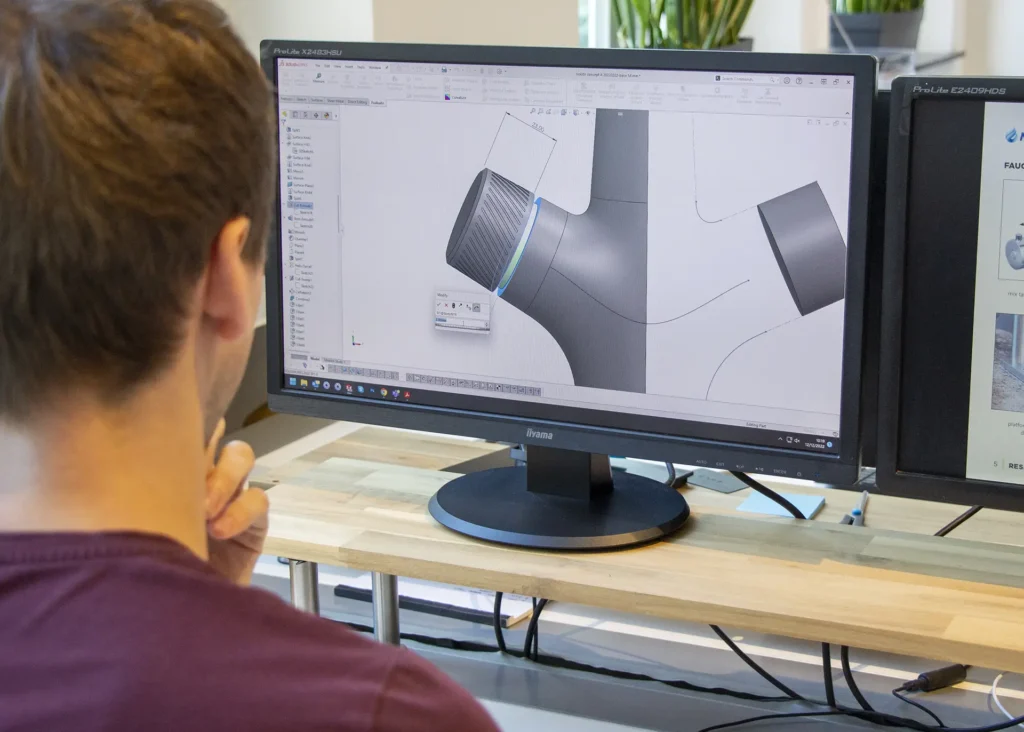
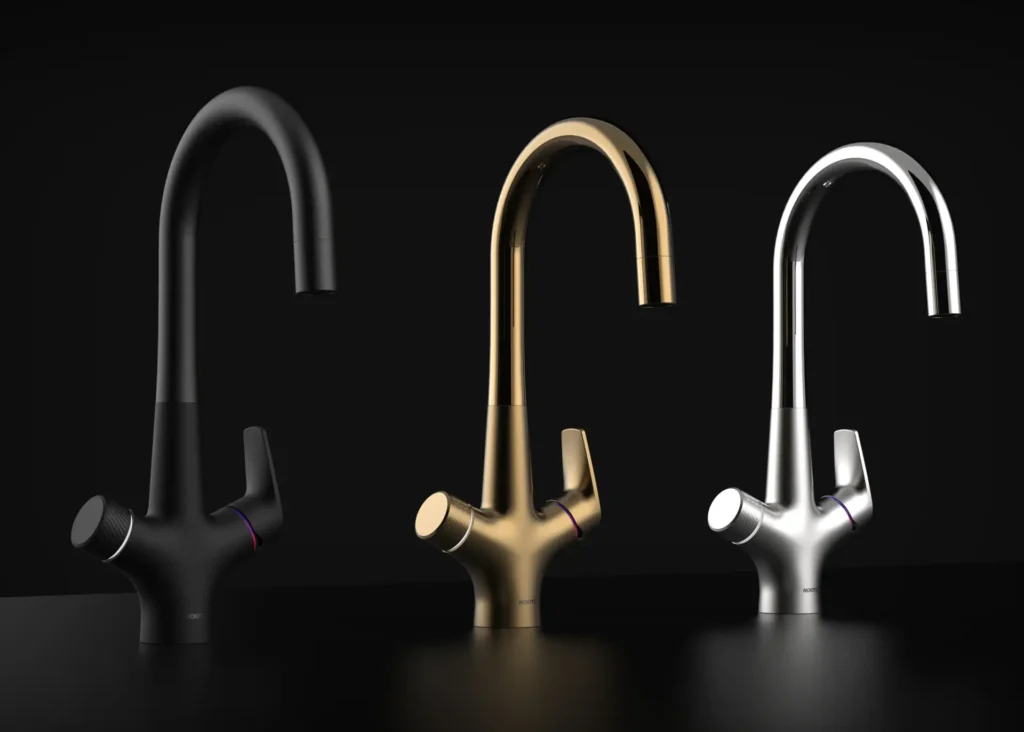
Visual prototype
Before entering into mass production, it is imperative to validate the product’s CMF design through the examination of a tangible visual prototype. While a product design might appear impressive on a screen, its real-life presentation under varying lighting conditions, whether natural or artificial, can yield a different impression. At ManGo, we possess an extensive assortment of material samples, color swatches, and comprehensive books featuring hundreds of surface finishes. This resource enables us to provide our clients with an early-stage, tangible representation of how these elements can physically appear on a product.
Leveraging prototypes allows you to request feedback from your target audience regarding a preferred CMF design. The input they provide, enables us to refine the design to align with the design and branding objectives of your company. Furthermore, technical assessments, like conducting tests for the scratch resistance of a textured surface, can be carried out.
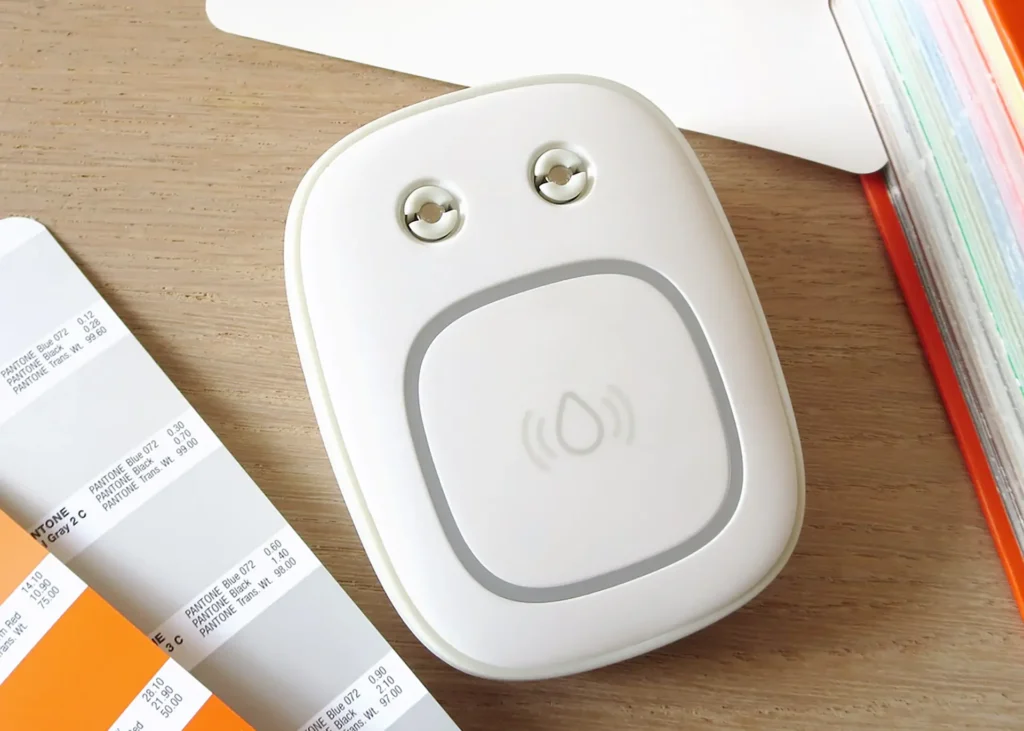
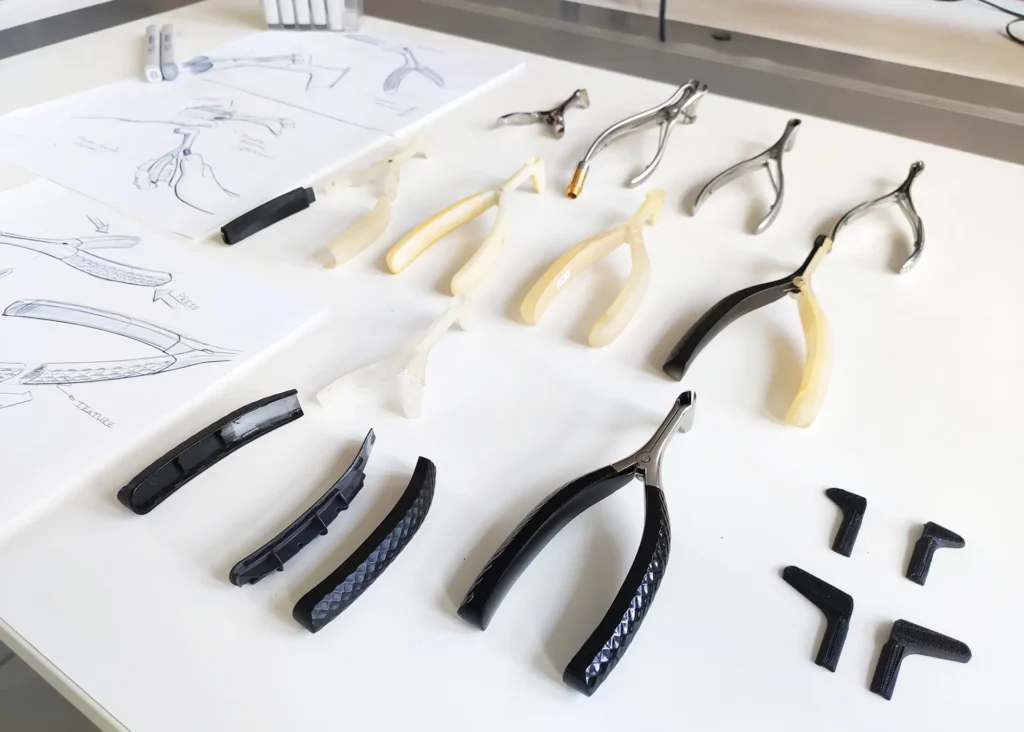
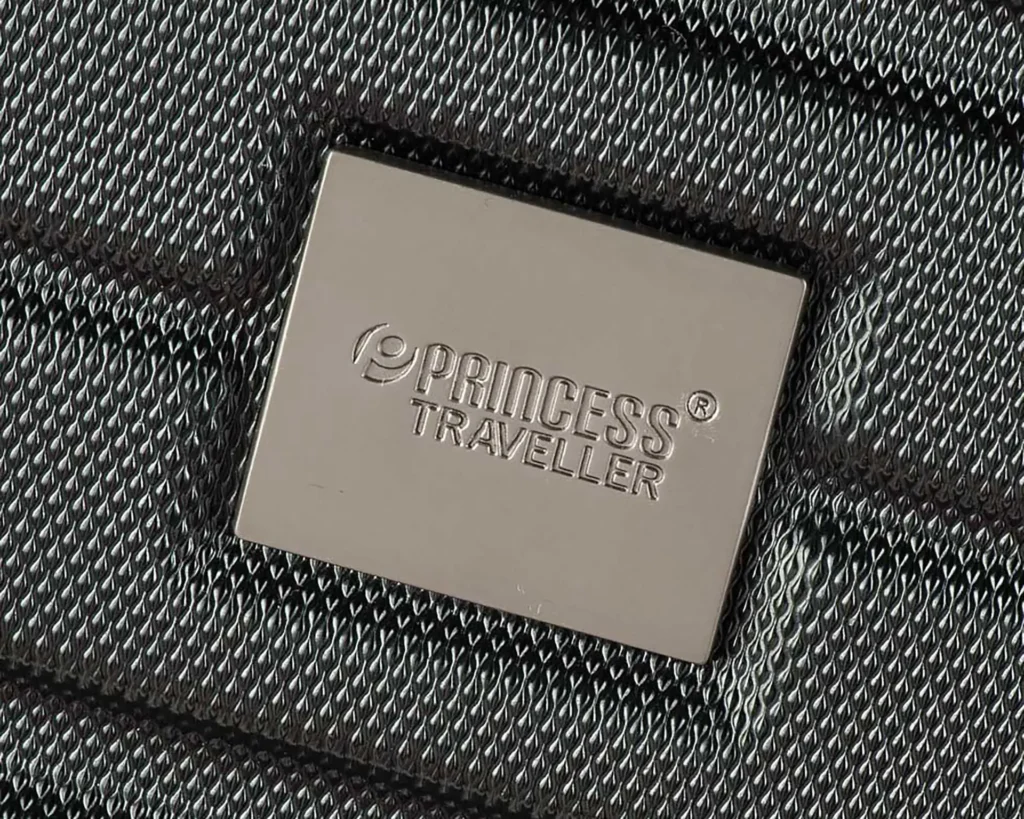
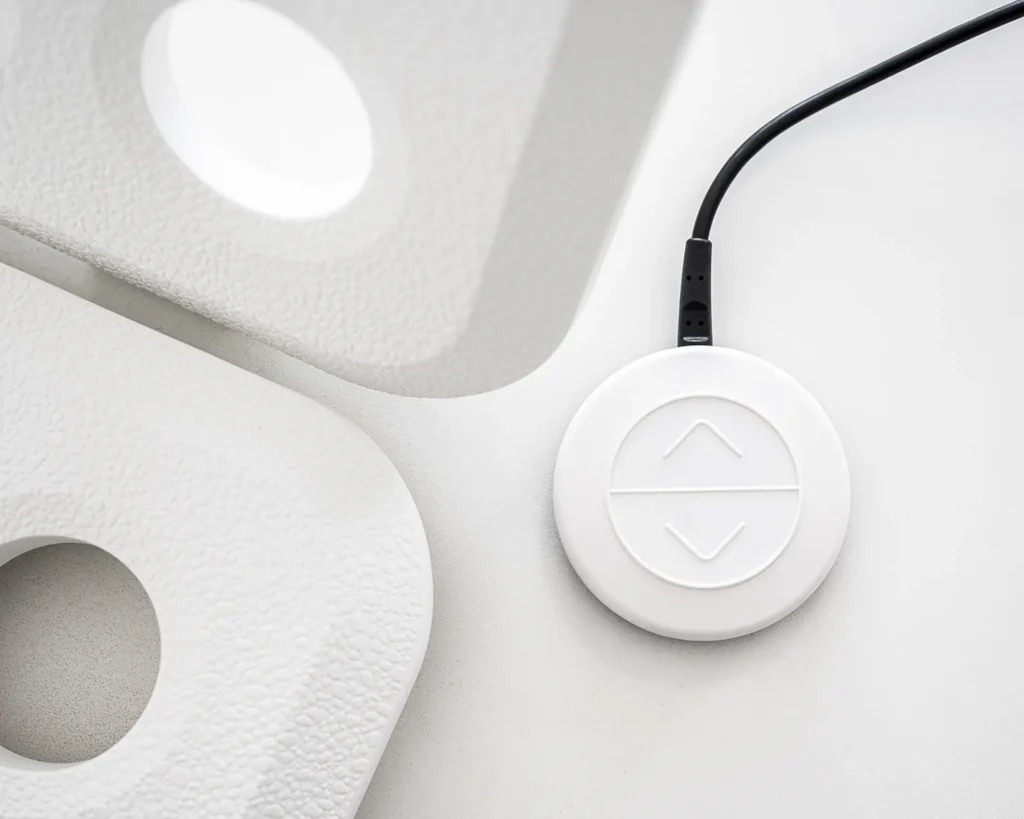
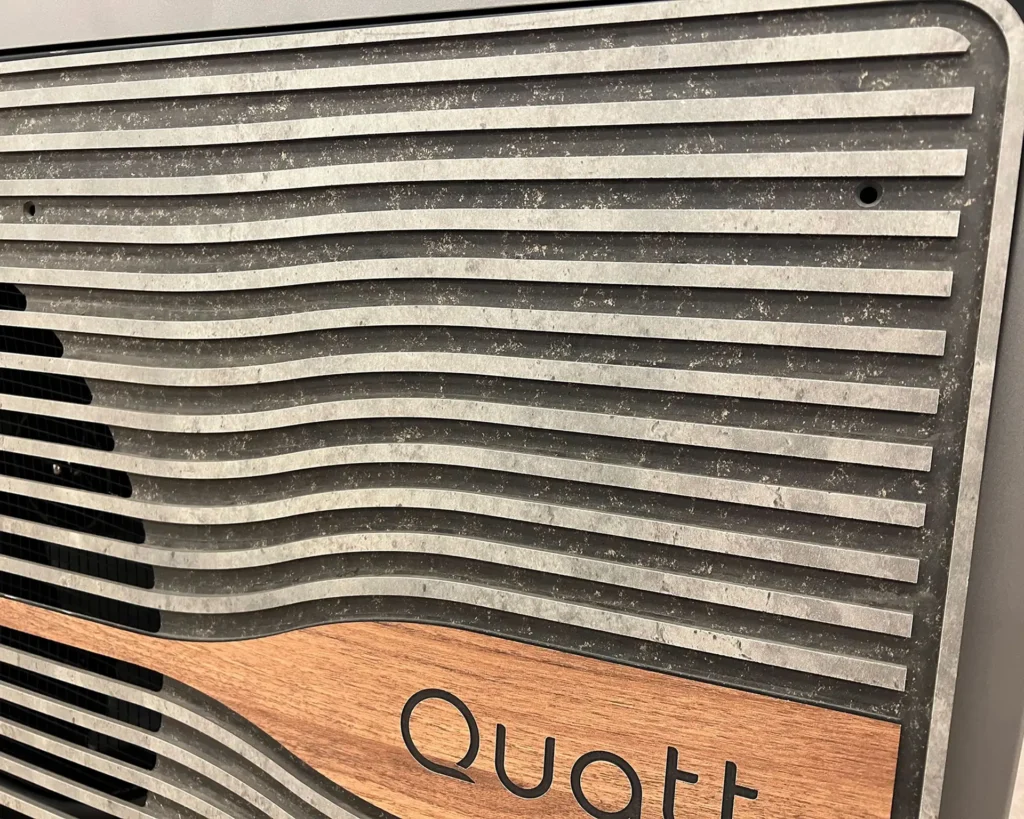
Impact on production costs
The selection of colors, materials and finishes significantly influences the overall cost of manufacturing your product. Opting for luxury materials such as high-end metals or leather can elevate the product’s appearance but will definitely drive up the price. Striking the right balance between production cost, desired aesthetics, and product durability is crucial.
Failing to find this balance may lead to a subpar product if materials are too cheap and ineffective, or an overpriced product if materials are excessively expensive. Throughout the entire design process, ManGo carefully considers these vital pricing factors. This includes evaluating material availability at the preferred manufacturing location and assessing potential minimum order quantities to avoid the need of purchasing huge stocks.
The impact of CMF design on costs extends beyond manufacturing prices. Certain material finishes, for instance, necessitate special treatments of manufacturing molds. If finishes are particularly unique and involve processes like laser etching to be implemented in a mold, they will significantly increase investment costs.
Conclusion
CMF design is an essential element of product design and the brand-building process. The right materials, colors, and finishes evoke emotions and drive to connect customers with your brand. It is an iterative process that can be visualized using computer-aided design (CAD) tools. Selecting suitable materials and balanced production costs are also essential factors that influence the overall quality of the product. When done right, it can help elevate a product from design to a functional work of art. Remember, the devil is in the details when it comes to building your brand, and CMF design is one of those intricate details to which ManGo pays close attention.
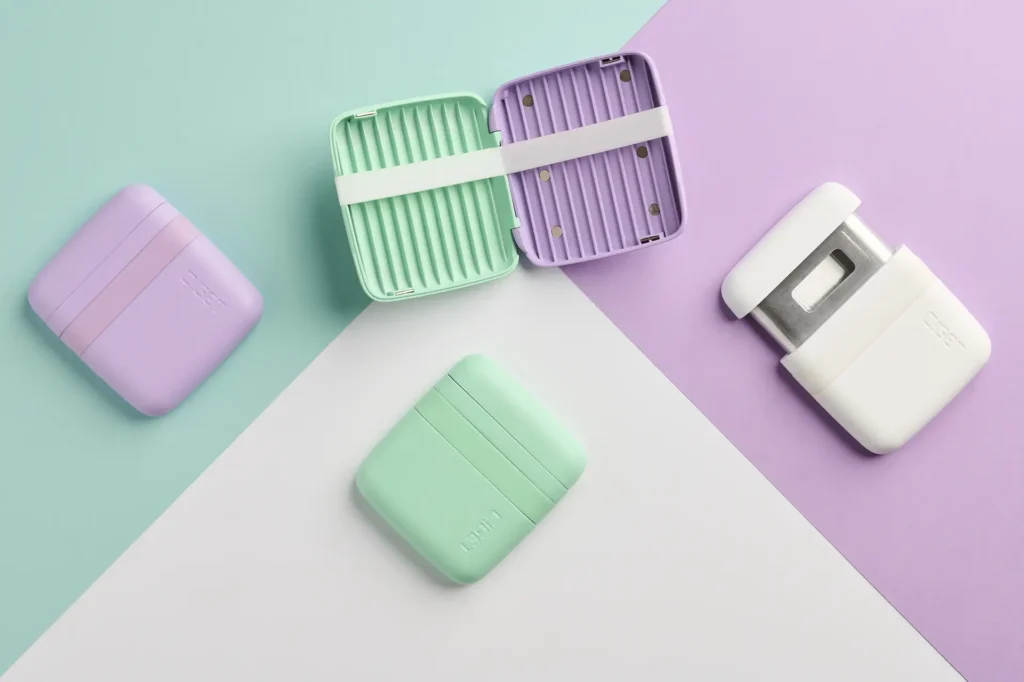
More information
Do you also want to develop a product with the perfect CMF design that leaves a lasting impression? Contact us by phone, our online form or send an e-mail to: